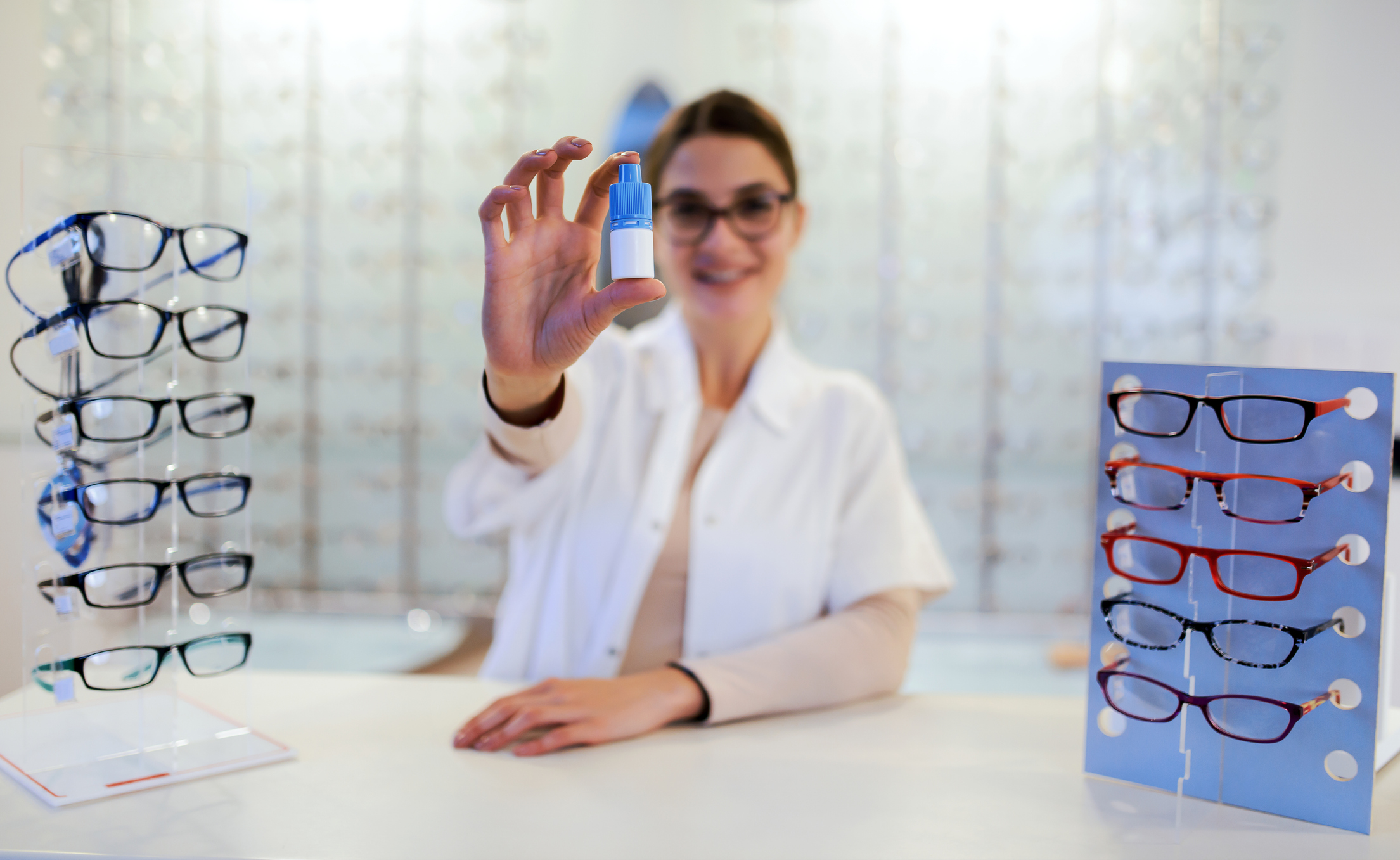Selecting the Best Eyelid Scrubs for Effective Blepharitis Management
Introduction
Blepharitis is a common eye condition characterized by inflammation of the eyelids, often resulting in redness, irritation, and flaky debris along the eyelash line. Proper eyelid hygiene plays a crucial role in managing blepharitis and reducing symptoms. Eyelid scrubs are specially formulated cleansers designed to remove excess oil, debris, and bacteria from the eyelids, promoting overall eye health and alleviating discomfort associated with blepharitis. In this guide, we’ll discuss key factors to consider when choosing the right eyelid scrubs to effectively manage blepharitis and maintain optimal eyelid hygiene.
Type of Cleansing Solution
- Opt for eyelid scrubs formulated with gentle, non-irritating ingredients suitable for the delicate skin around the eyes. Look for solutions that are hypoallergenic, fragrance-free, and free of harsh chemicals or preservatives that may exacerbate irritation.
- Consider whether you prefer a foam, gel, or wipe-based formulation based on your personal preference and convenience. Foam cleansers are easy to apply and rinse off, while wipes offer portability for on-the-go use.
Antibacterial and Antimicrobial Properties
- Choose eyelid scrubs that contain antibacterial or antimicrobial agents to help eliminate bacteria and reduce the risk of infection associated with blepharitis. Ingredients such as tea tree oil, benzalkonium chloride, or hypochlorous acid have antimicrobial properties that can effectively target bacteria on the eyelids.
- Ensure that the concentration of antibacterial agents is safe and appropriate for use around the eyes to avoid irritation or adverse reactions.
Moisturizing and Soothing Ingredients
- Look for eyelid scrubs enriched with moisturizing and soothing ingredients to hydrate the eyelid skin and alleviate dryness or discomfort. Ingredients like hyaluronic acid, aloe vera, and chamomile extract can help hydrate and soothe inflamed eyelids, promoting overall comfort and healing.
- Avoid products containing alcohol or harsh detergents that may strip the skin of its natural oils and exacerbate dryness or irritation.
Ease of Application and Use
- Consider the convenience and ease of application when selecting eyelid scrubs. Choose products with user-friendly packaging and instructions for hassle-free use.
- Evaluate the recommended frequency of use and whether the product fits into your daily skincare routine. Some eyelid scrubs may be recommended for daily use, while others are designed for more intensive treatment during flare-ups.
Clinically Proven Efficacy and Safety
- Prioritize eyelid scrubs that have been clinically tested and proven effective for managing blepharitis. Look for products endorsed by eye care professionals or backed by scientific research demonstrating their safety and efficacy.
- Check for certifications or endorsements from reputable organizations such as the American Academy of Ophthalmology to ensure product reliability and quality.
Conclusion
Choosing the right eyelid scrubs is essential for effectively managing blepharitis and promoting optimal eyelid hygiene. By considering factors such as the type of cleansing solution, antibacterial properties, moisturizing ingredients, ease of application, and clinical efficacy, you can select a product that meets your specific needs and preferences. Remember to follow the manufacturer’s instructions for proper usage and consult with your eye care provider if you experience persistent symptoms or have concerns about blepharitis management. With regular use of appropriate eyelid scrubs, you can alleviate discomfort, reduce inflammation, and maintain healthy eyelids for clearer, more comfortable vision.
World Eye Care Foundation’s eyecare.live brings you the latest information from various industry sources and experts in eye health and vision care. Please consult with your eye care provider for more general information and specific eye conditions. We do not provide any medical advice, suggestions or recommendations in any health conditions.
Commonly Asked Questions
Yes, eyelid scrubs can be used in children with blepharitis under the guidance of a pediatrician or eye care professional. It’s essential to use gentle, child-friendly formulations and supervise children during application to ensure safety and effectiveness.
Yes, adopting healthy lifestyle habits such as staying hydrated, avoiding smoking, and managing stress can help improve overall eye health and reduce the severity of blepharitis symptoms. Additionally, practicing good eyelid hygiene and avoiding rubbing or touching your eyes can prevent exacerbation of symptoms.
Yes, you can use eyelid scrubs even if you wear eye makeup. However, it’s best to remove makeup before using the scrub to ensure thorough cleansing of the eyelids. Follow up with rinsing your eyes with water to remove any residual cleanser or makeup.
Individual results may vary, but many people notice an improvement in symptoms such as redness, itching, and flakiness within a few weeks of consistent use. It’s important to continue using eyelid scrubs as directed for optimal benefits.
Yes, eyelid scrubs can be beneficial for managing various eye conditions, including meibomian gland dysfunction (MGD), dry eye syndrome, and eyelid inflammation. Regular use of eyelid scrubs helps improve overall eyelid hygiene and reduce the risk of complications.
Yes, individuals with sensitive skin should avoid products containing fragrances, alcohol, or harsh detergents, as these ingredients can exacerbate irritation and dryness. Look for gentle, hypoallergenic formulas that are free of potentially irritating substances.
It’s generally safe to wear contact lenses after using eyelid scrubs, but it’s essential to rinse your eyelids thoroughly with water to remove any residue from the cleanser. Avoid getting the scrub directly onto your contact lenses to prevent discomfort or irritation.
Most people tolerate eyelid scrubs well, but some individuals may experience temporary stinging, burning, or irritation, especially if the product comes into contact with the eyes. If you experience any adverse reactions, discontinue use and consult with your eye care provider.
It depends on the severity of your condition and your eye care provider’s recommendation. In general, using eyelid scrubs daily as part of your morning or evening routine can help maintain eyelid hygiene and reduce symptoms of blepharitis.
It’s not recommended. Regular face cleansers may contain harsh ingredients that can irritate the delicate skin around the eyes and exacerbate blepharitis symptoms. It’s best to use specially formulated eyelid scrubs designed for this purpose.
news via inbox
Subscribe here to get latest updates !








